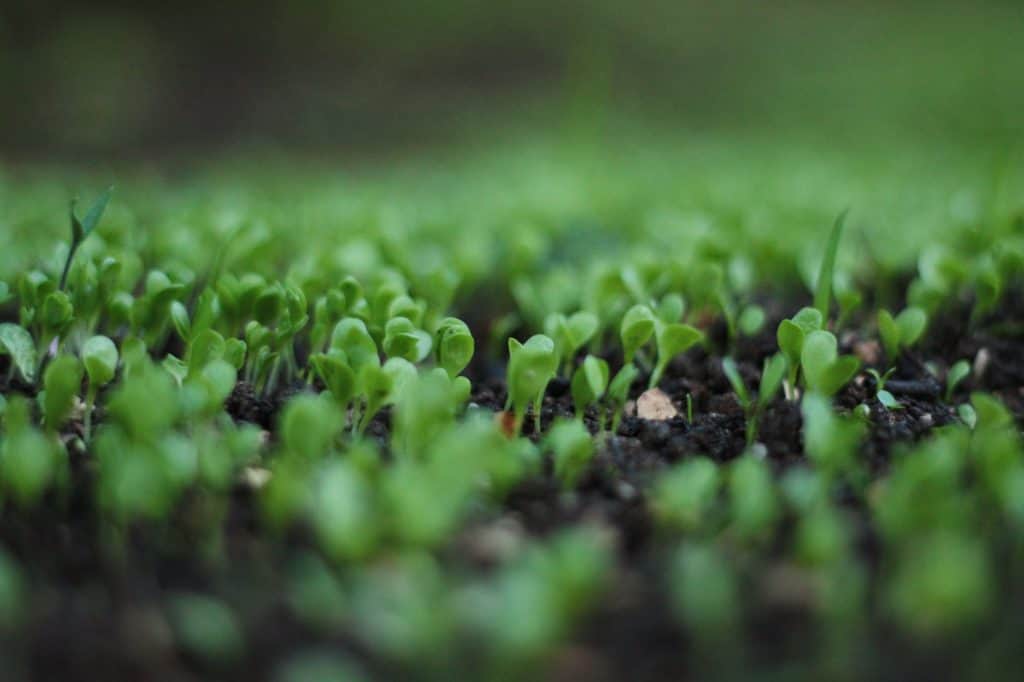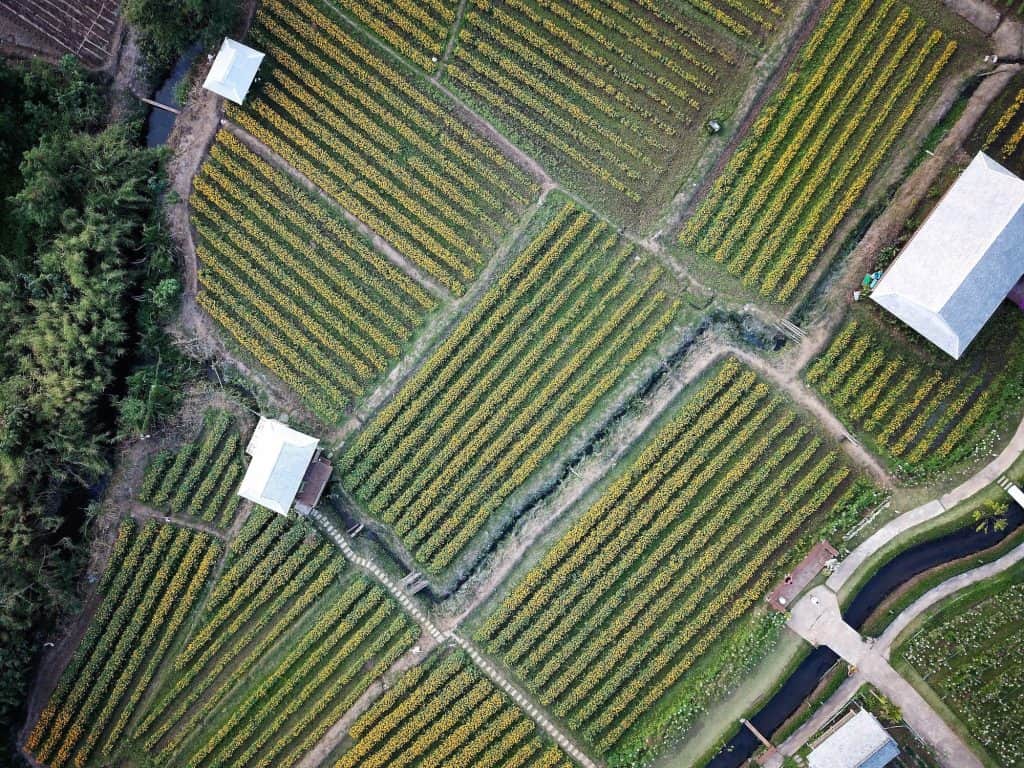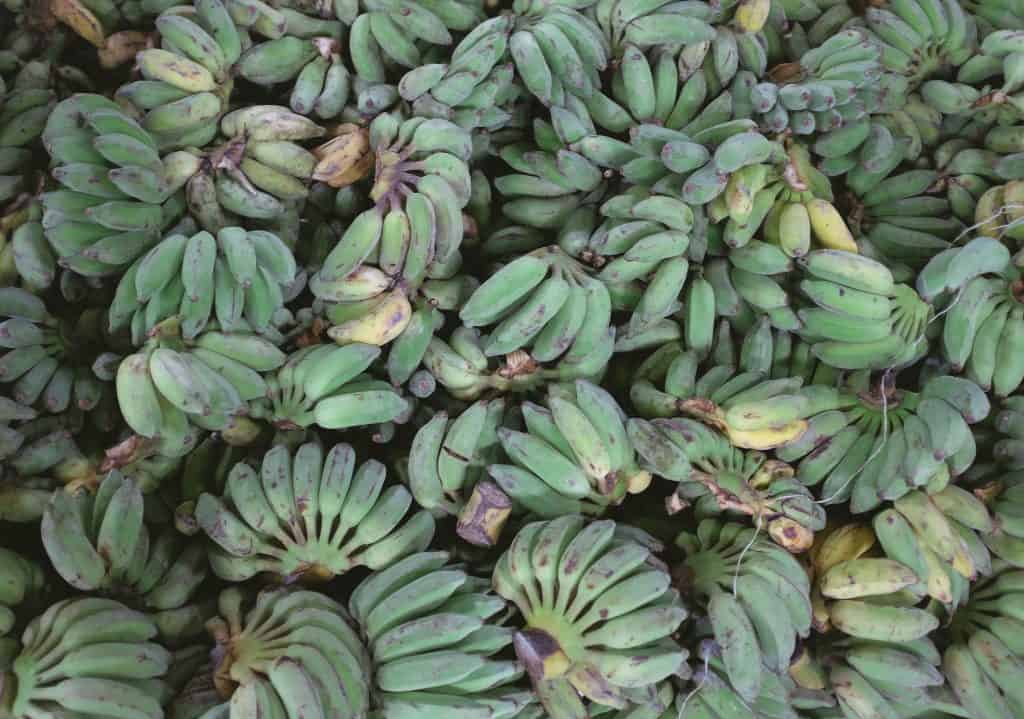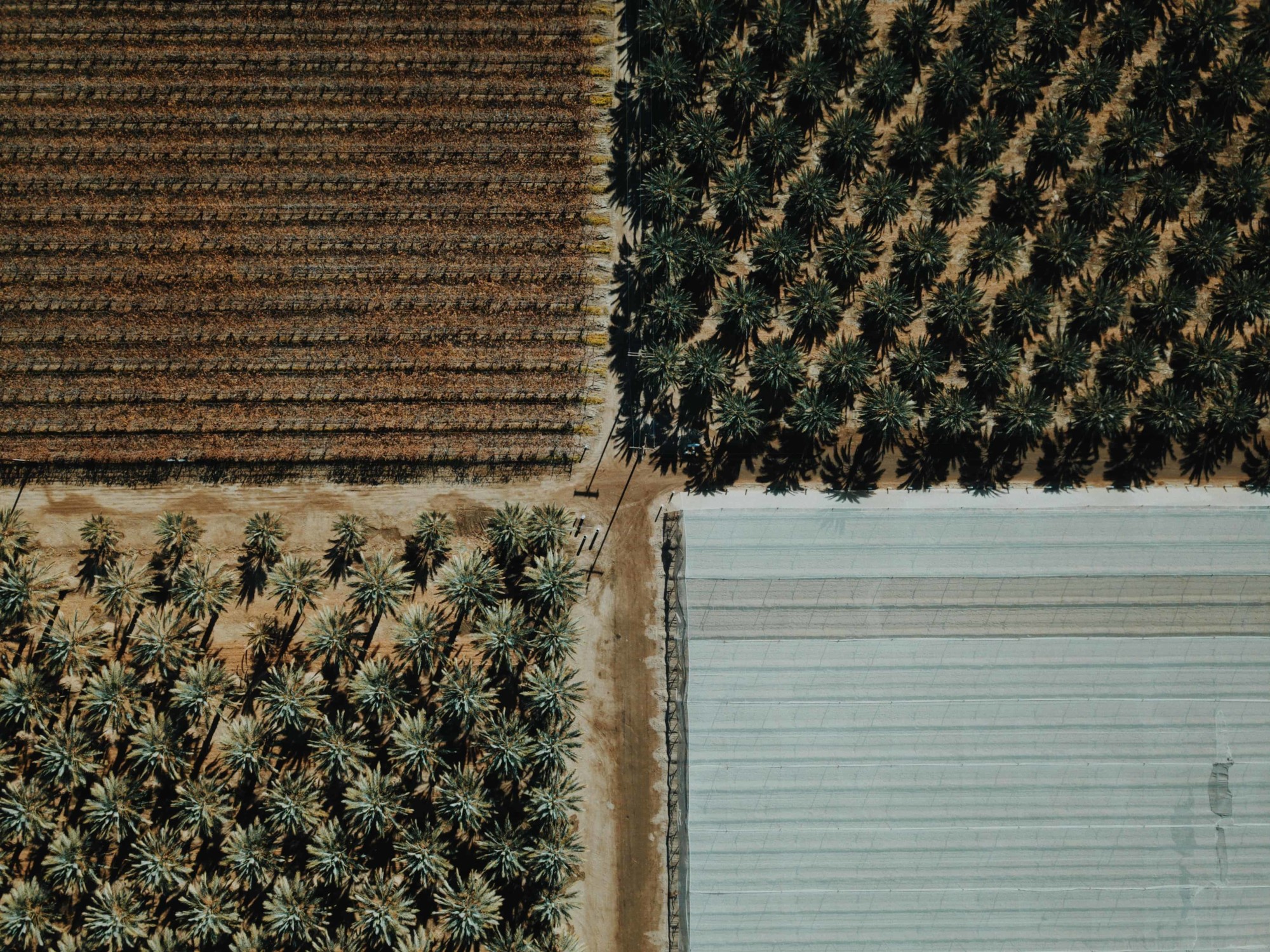Piloted unmanned drone aircraft is fast becoming an industry norm within the agricultural and farming sectors. Among the many uses drones provide, perhaps the most crucial is their ability to collect critically vital information to inform and educate users, in addition to effortlessly replacing much of the man-powered labor required on high-acreage operations.
In today’s modern society, farming is no longer the primitive entity of years past. Rather, farming has been in stride with the rest of society as a collective whole, partaking in and incorporating state-of-the-art technology into production operations to achieve many goals.
As the farming industry continues to evolve at a rapid-fire pace, producers have become heavily invested in keeping abreast of “smart” devices such as drones to overhaul archaic farming methods and boost production in a substantial manner.
Inarguably, drone farming technology is regarded as the most important innovation in recent years for the agricultural domain, with many benefits seen via drone use in everyday farming and production operations.
Read on below to learn about what farmers need to know about drone technology!
Drone Capabilities
Crop Data Collection
Drone aircraft collect critically important, on-demand, real-time information with precision results that can be readily counted on.
The exceptionally accurate data gleaned from drones can be used to encourage high-efficiency planting and growing by taking a comprehensive look at crop development via real-time monitoring, in-depth scanning, and consistent measuring.
Information provided by drones helps producers and farmers to reduce costs significantly and decrease pesticidal conditions that are hazardous to human health.
Analyses of Soil and Fields
Piloted drones use integrated three-dimensional thermal imagery to assess and compute overall soil and field health to determine if improvements are needed before planting.
Theft and Burglary Concerns
Farmers have experienced theft of goods, property, and livestock since the early beginnings of the industry.
As a result, farmers have warmly embraced drone technology due to its ability to provide 24/7 monitoring of fields, property, goods, livestock, and more.
As a result, drones save farmers and producers money on and off the crop fields and ensure that their property stays intact.

Drone Mapping and Surveying
Drones assist farmers in mapping out large expanses of acreage to grow their crops in the most beneficial fashion strategically.
State-of-the-art flight planning programs can be easily installed into drones to assist farmers in drawing and mapping their coverage areas for optimal farming and production.

Precision
Precision agriculture is heavily reliant upon drone-powered technology. Farming techniques of yesteryear were largely reliant upon manpower and reflected an absence of precision data collection. Conversely, farming today is managed in an ultra-precise fashion via drone aircraft aimed at achieving the highest levels of efficacy regarding productivity, quantity, quality, yield, and overall benefits.
Operation and Reliability
Rapidly evolving drone technology has resulted in refined drone aircraft readily available on today’s market that feature high-performance power, ease of operation, and a robust level of reliability.
Technological advancements have rendered drones remarkably easy to integrate with farm operations and workflow to boost productivity and create benefits immediately.
Diversity of Abilities
Producers within the agricultural and farming arenas are confidently investing in unmanned drone aircraft every day.
The bevy of drone-related benefits easily sway purchase decisions for buyers as they make highly educated, well-informed decisions cognizant of the diversity of benefits drones provide, from crop-dusting and spraying to providing real-time field-level surveillance and much more.
Ease of Operation
Piloting unmanned drone aircraft requires education and preparatory measures.
Despite the need for an informed background in drone operation, the mandatory education measures are small, and once gained, users can easily and successfully pilot drone aircraft.
Evolving technology has rendered drone aircraft simple, safe, and very reliable with operational measures that are becoming increasingly intuitive and user-friendly.
The seamless integration of drones, along with their ease of operation, has revolutionized how agricultural producers and farmers grow crops and collect land and field data to ensure overall terrain health.
Manpower and Health Conditions
Today’s drone aircraft can take on the arduous tasks of spraying and crop dusting.
With drones taking over these burdensome tasks, workers no longer have to endure prolonged exposure times to pesticides, dust, and other hazardous airborne elements.
Far more precise than less technologically advanced equipment such as tractors, drones can dispense a highly specific amount of fluid to crops, thus reducing waste and costs to farmers.
Return on Investment and Financial Considerations
Drone investments are a substantial decision requiring plenty of research and consideration.
Farmers hesitant to incorporate drone technology within their operations might very well be convinced by the knowledge that investing in drone aircraft provides remarkable returns on investment and a wide range of benefits that cannot be achieved by any other means.
Much like other farm equipment, drones are an integral part of any sustainable and modern farm operation and must be considered to be an essential tool for ongoing success.

Insurance, Licensing, and Laws
Insurance coverage for drones is relatively affordable and generally costs in the low hundreds annually.
Operators must obtain a certificate from the Federal Aviation Administration to pilot an unmanned drone aircraft to allow them to fly their aerial vehicles in the national airspace.
Operators who plan on using drones for commercial applications can instead file for an exemption from the Federal Aviation Administration
As of today, the current law expressly states that drone aircraft do not exceed altitudes of four hundred feet so as not to interfere with airspace
Drones have been referred to as icons of modern technology. Found in countless parts of today’s society, drones are accepted technology that is continually revolutionizing farming and agriculture.
Providing farmers and producers with an exceptional number of benefits, drones are changing the face of agriculture from the fields and far beyond.

Brad Nichols
Partner
30 plus years focused on mission-critical technology and operations
